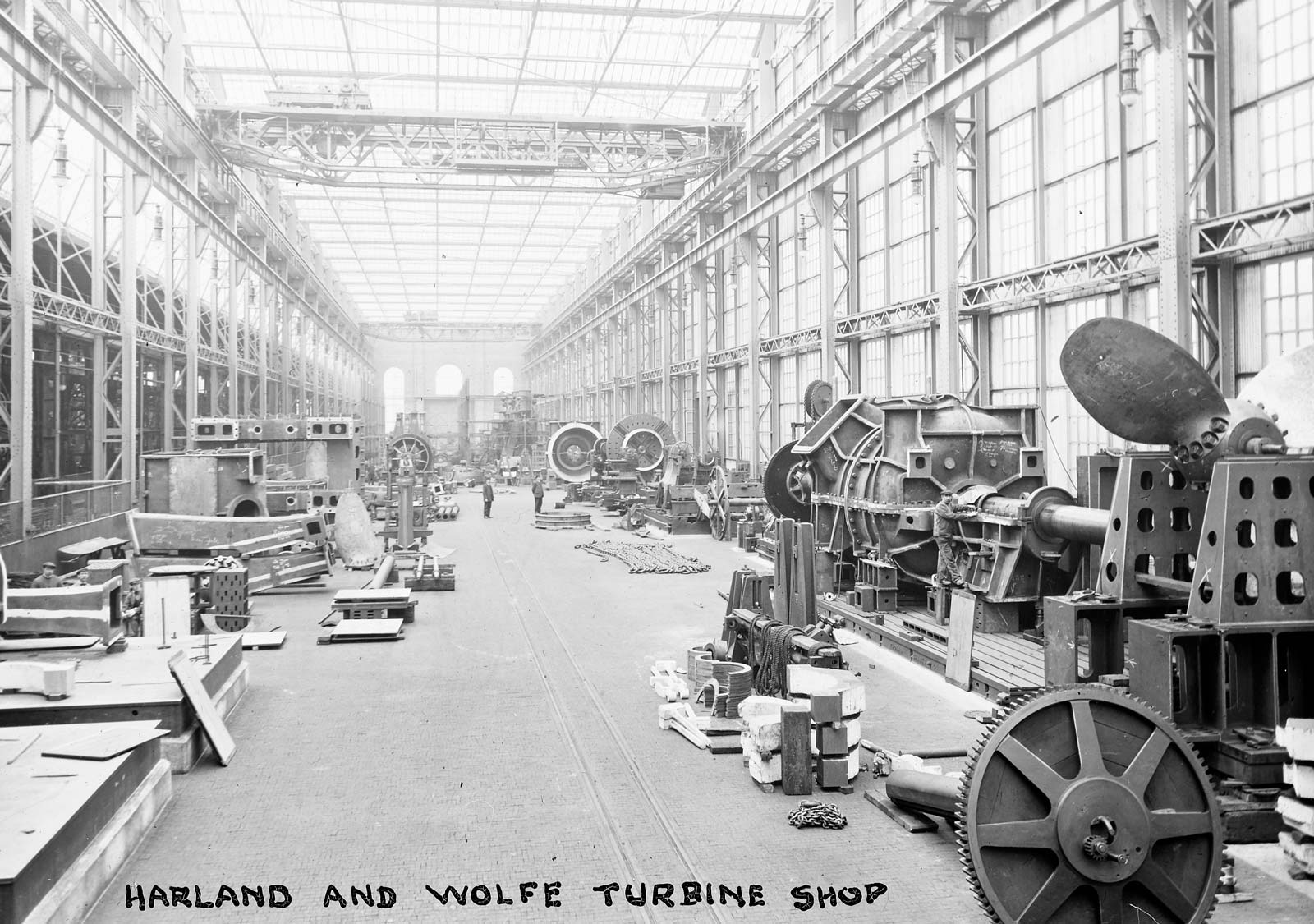Some expelled workers return to Belfast shipyards amidst general decline in shipbuilding
Belfast, 30 December 1922 – A number of men who were expelled from their jobs in the Belfast shipyards in the summer of 1920 are understood to have returned to their positions.
The news was conveyed in a letter to H.C. Spiers, secretary of the Belfast District Committee of the Federation of Engineering and Shipbuilding Trades, from Frank Smith, the general secretary of the national organisation. The letter claimed that an emergency committee of the federation had been pleased to learn that ‘certain expelled workers had resumed employment in the Belfast shipyards, and they appreciate your committee’s desire that all sections should work solidly and harmoniously together.’
The letter adds that the federation had decided to convey its appreciation to the management of Harland and Wolff, as well as to Sir James Craig, Prime Minister of Northern Ireland, for their assistance in the matter.
Prof. Paul Bew discusses the role of sectarianism in the creation of Northern Ireland
This news comes as Harland and Wolff has been announced as the leading UK shipbuilding firm, delivering the highest output of both tonnage and machinery in 1922. According to figures compiled by the Glasgow Herald, Harland and Wolff’s yards in Belfast and Clyde produced 12 vessels and a tonnage of 113,227.
However, the Glasgow Herald has reported that there has been a serious reduction in output in the shipbuilding industry across the world. The biggest drop occurred in America where the total load launched fell from approximately 1.3 million tons to 260,000. The highpoint of American shipbuilding came in 1919 when 1,337 vessels weighing around 4.7 million tons were put into the water.
The reduction in output from America means that the UK is restored to its former place as the leading producer of ships in the world, a position it now comfortably holds ahead of, in order, Germany, the United States, Holland, France, Japan and Italy.
[Editor's note: This is an article from Century Ireland, a fortnightly online newspaper, written from the perspective of a journalist 100 years ago, based on news reports of the time.]





















